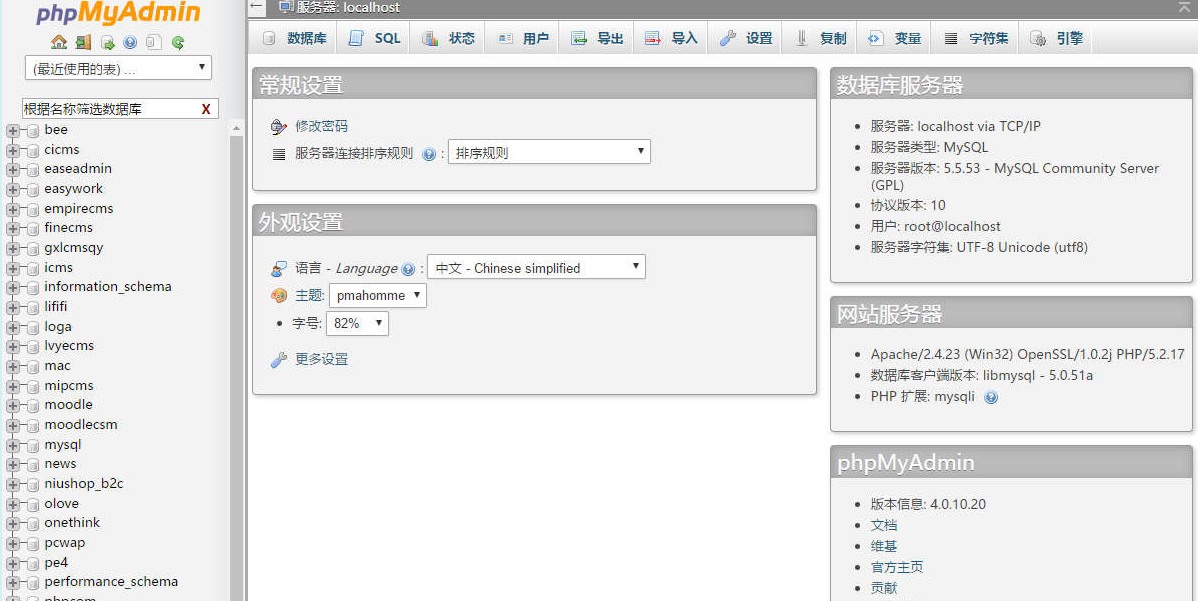phpMyAdmin database management tool
phpMyAdmin is a MySQL database management tool based on PHP and structured in Web-Base mode on the website host. phpMyAdmin can manage the entire MySQL server (requires superuser) or a single database.
All resources on this site are contributed by netizens or reprinted by major download sites. Please check the integrity of the software yourself! All resources on this site are for learning reference only. Please do not use them for commercial purposes. Otherwise, you will be responsible for all consequences! If there is any infringement, please contact us to delete it. Contact information: admin@php.cn
Related Article
 phpMyAdmin: An Introduction to the Database Management Tool
phpMyAdmin: An Introduction to the Database Management Tool
28 Apr 2025
phpMyAdmin simplifies MySQL database management through the web interface. 1) Create, modify, and delete databases and tables; 2) Execute SQL queries; 3) Import and export data; 4) Manage user permissions. It interacts with MySQL through a web server, providing an intuitive operation interface.
 Database Management Tool
Database Management Tool
18 Nov 2024
Introduction Managing databases and performing CRUD operations are fundamental tasks for developers building data-driven applications. While many database management systems (DBMS) exist, they can be complex and cumbersome to interact with, especial
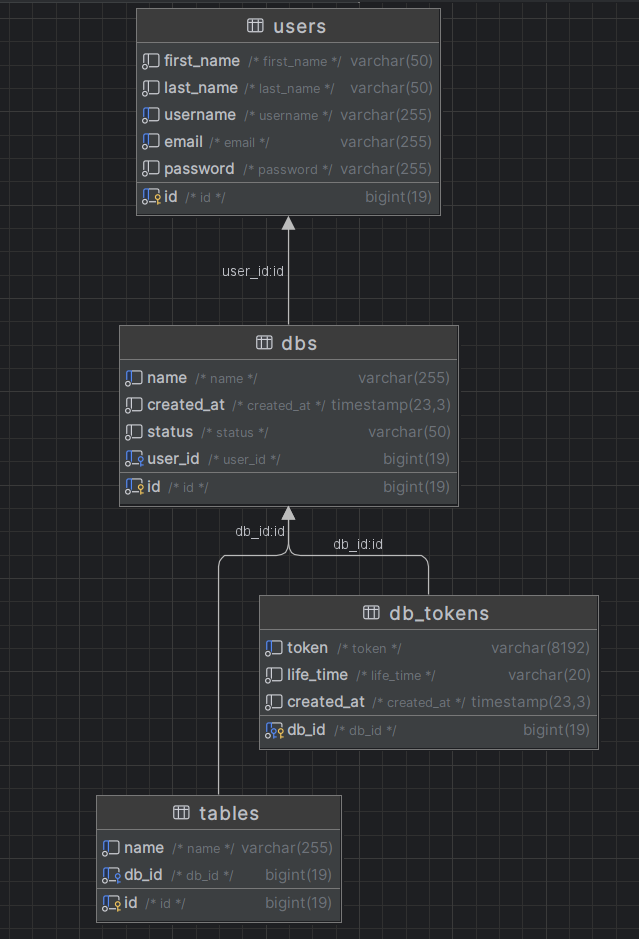 Inside Database Management Tool
Inside Database Management Tool
27 Nov 2024
In this article, we’ll dive into the inner workings of the database management tool, exploring the architecture and technologies that power it. Understanding how the application functions behind the scenes will give you insight into its design, how i
 MySQL: The Database, phpMyAdmin: The Management Interface
MySQL: The Database, phpMyAdmin: The Management Interface
29 Apr 2025
MySQL and phpMyAdmin can be effectively managed through the following steps: 1. Create and delete database: Just click in phpMyAdmin to complete. 2. Manage tables: You can create tables, modify structures, and add indexes. 3. Data operation: Supports inserting, updating, deleting data and executing SQL queries. 4. Import and export data: Supports SQL, CSV, XML and other formats. 5. Optimization and monitoring: Use the OPTIMIZETABLE command to optimize tables and use query analyzers and monitoring tools to solve performance problems.
 Advanced phpMyAdmin Tutorial: Boosting Database Management Efficiency
Advanced phpMyAdmin Tutorial: Boosting Database Management Efficiency
04 Apr 2025
phpMyAdmin provides a variety of advanced features to improve database management efficiency. 1. The SQL query editor allows writing and executing complex queries and optimizing table structure. 2. The data export and import functions support backup and migration of data. 3. Performance optimization improves efficiency through indexing and query optimization, and regular maintenance keeps the database running efficiently.
 Finding the Perfect Database Management Tool: The Search Continues
Finding the Perfect Database Management Tool: The Search Continues
17 Apr 2025
The steps to select a database management tool include: 1. Understand the definition and functionality of DBMS, 2. Evaluate the working principle of the tool and query optimizer performance, 3. Master the basic and advanced usage, 4. Identify and resolve common errors, 5. Pay attention to performance optimization and best practices. Through these steps, you can find the most suitable database management tools based on project needs to ensure efficient and secure data management.
 phpMyAdmin: A Web-Based Interface for Database Management
phpMyAdmin: A Web-Based Interface for Database Management
27 Apr 2025
phpMyAdmin is a web-based tool for managing MySQL and MariaDB databases. 1) It provides an intuitive user interface that allows various database operations through the browser. 2) phpMyAdmin interacts with the database through PHP scripts and converts operations into SQL commands. 3) Users can perform operations from basic data browsing and editing to advanced SQL queries and view management. 4) Common problems include connection failures and SQL syntax errors, which can be solved by checking configuration and syntax. 5) Performance optimization suggestions include avoiding large-scale data operations during peak periods and regularly maintaining databases.
 phpMyAdmin migrating a database
phpMyAdmin migrating a database
12 Aug 2025
To use phpMyAdmin to migrate the database, first export the original database and import it to the target server, and finally update the application configuration. 1. Select the "Custom" mode when exporting, check the options "Add DROP", "Add CREATEDATABASE", "Including backticks" and other options to ensure that the complete SQL script is generated; 2. After the target server creates a database of the same name, upload the SQL file through the "Import" function. If the file is too large, adjust the PHP upload restrictions or use the compressed format; 3. Update the database name, user name, password and host information in the application configuration file, and modify the absolute path such as WordPress siteurl and home; 4. Check the table data integrity, user permissions and test the application connection
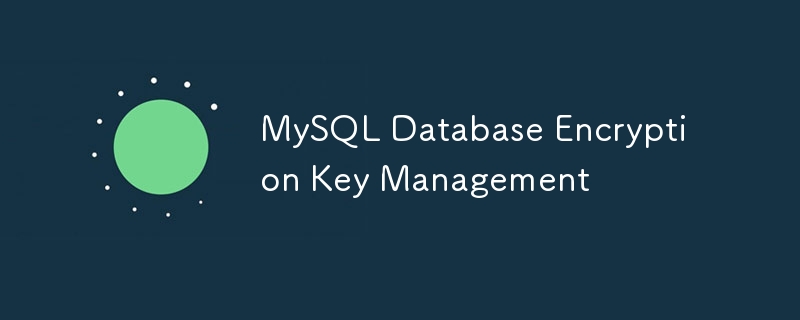 MySQL Database Encryption Key Management
MySQL Database Encryption Key Management
22 Jul 2025
Key management is at the heart of database encryption, especially for MySQL. The key should be centrally managed through external key management services (such as AWSKMS, Vault), or at least stored independently and strictly controlled permissions; 1. MySQL8.0 supports data encryption at rest, and the master key can be managed through key files or plug-ins. It is recommended to combine Vault and other plug-ins to achieve unified control; 2. Key rotation should be carried out regularly, and the master key should be replaced online using the ALTERINSTANCE command, and the old key supports decryption, backup and audit access records. It is recommended to rotate once every six months; 3. Loss of keys will cause data to be inaccessible. Encrypted backup mechanisms need to be established in advance, restrict backup access permissions, regularly test the recovery process, and ensure that the KMS has


Hot Tools
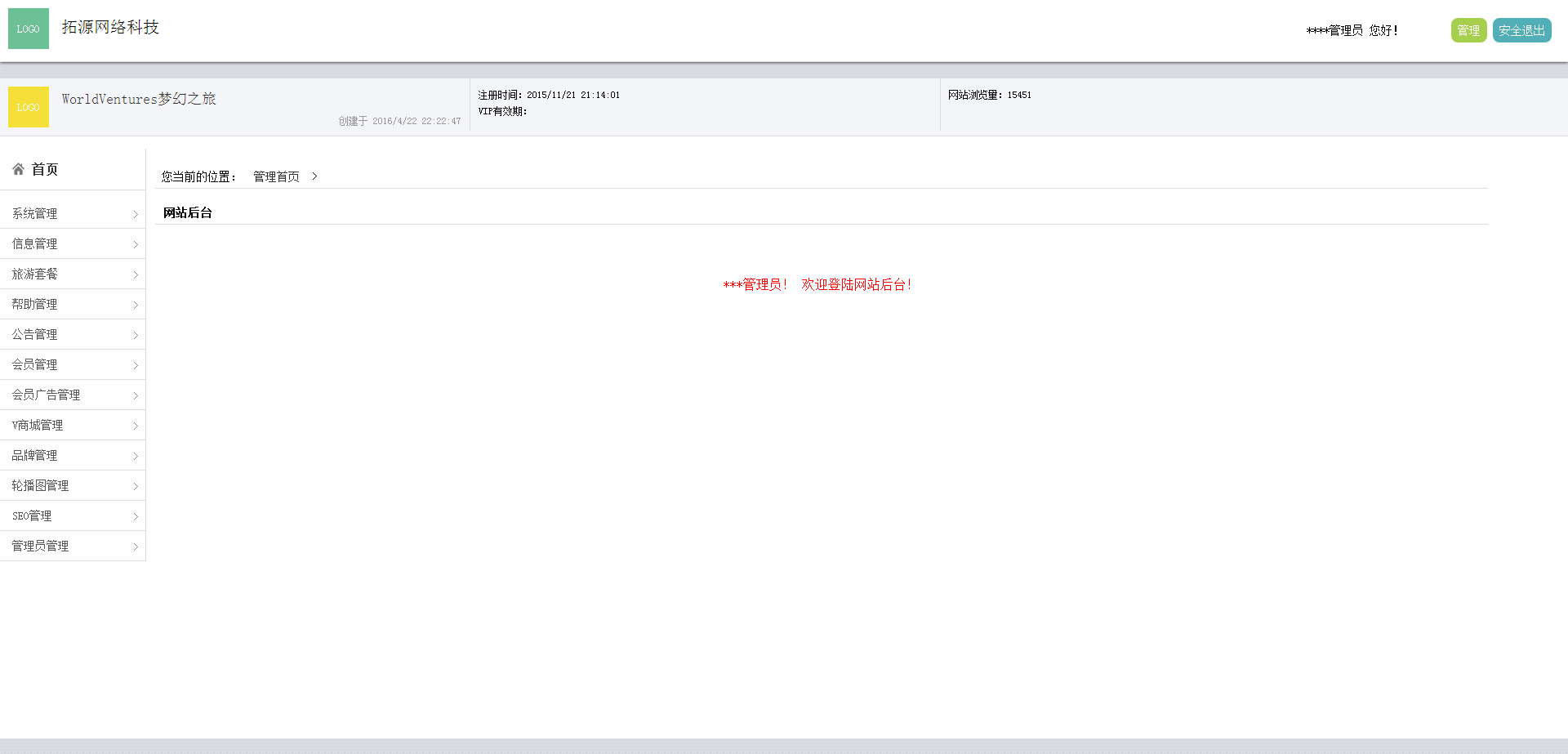
Simple mall system platform backend template html source code
Simple mall system platform backend template html source code
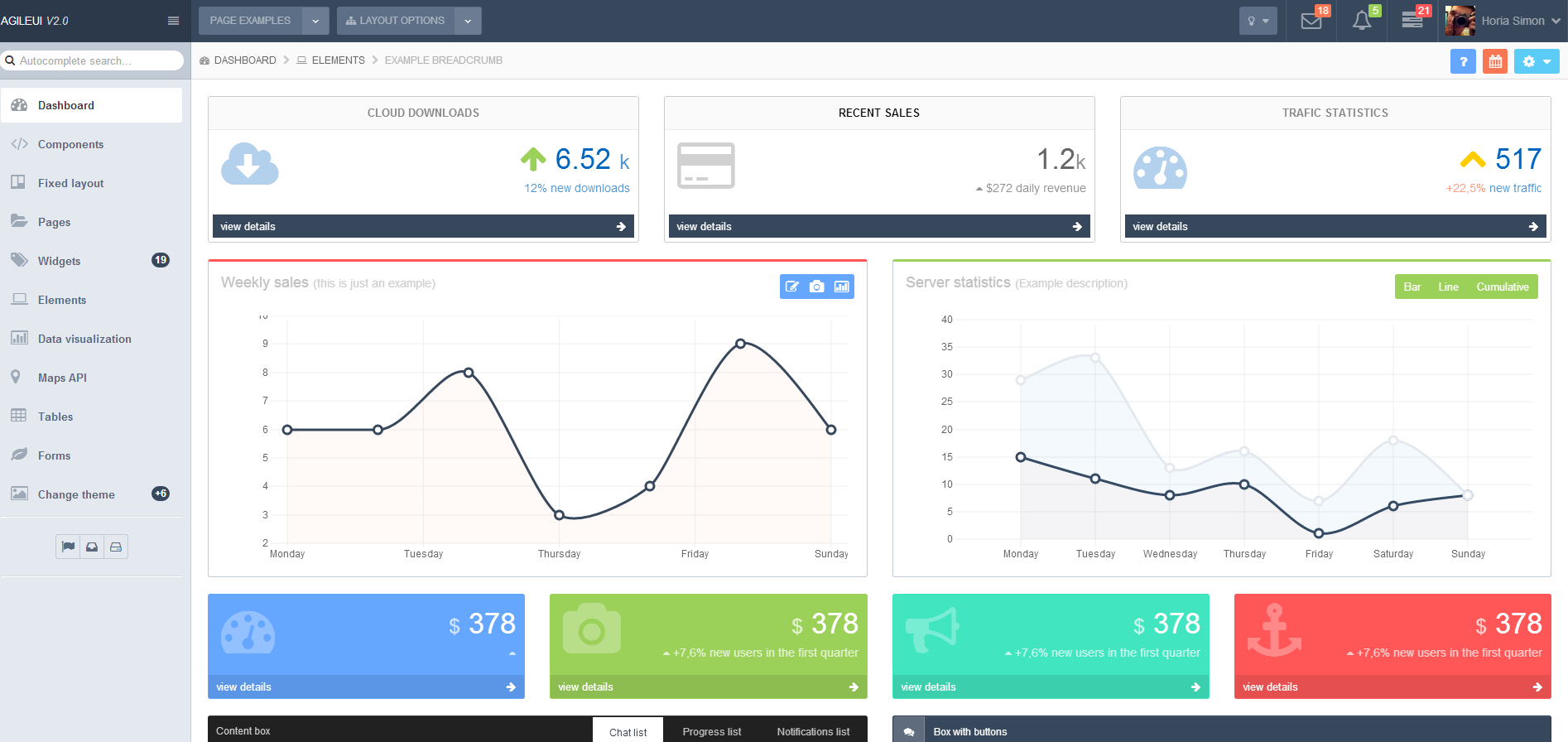
Enterprise responsive bootstrap background statistics management template
Enterprise responsive bootstrap background statistics management template

Who else's personal blog system 4.1.1.0
Who else's personal blog system can add four top-level columns. Recommended: "Resource sharing, commonly used tools, notifications and announcements, about the author".

Blue simple corporate website backend management system template
Blue simple corporate website backend management system template
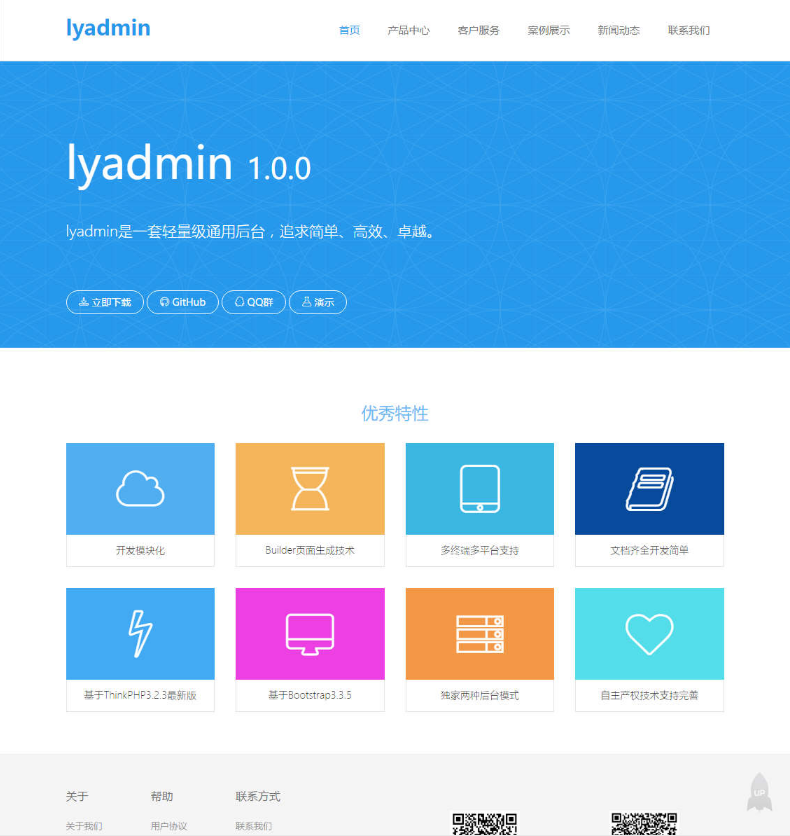
lyadmin lightweight universal backend 1.1.0
lyadmin is a lightweight general backend made using Bootstrap3, with built-in permission management and modular development.




